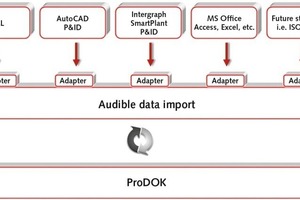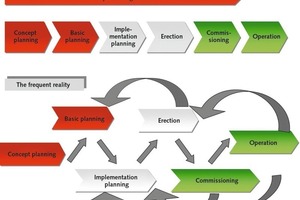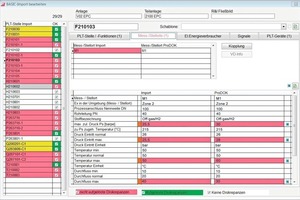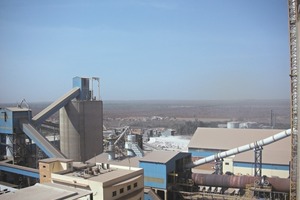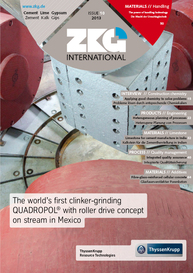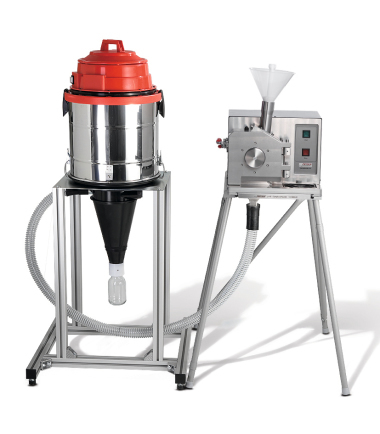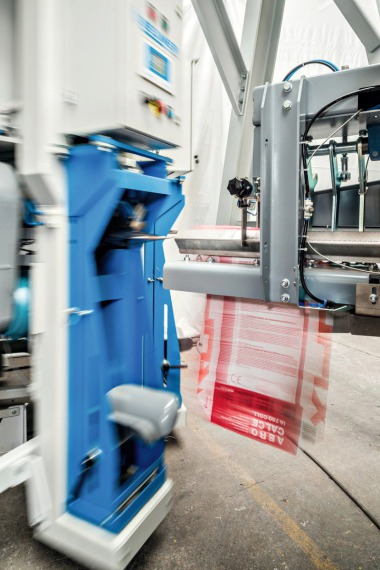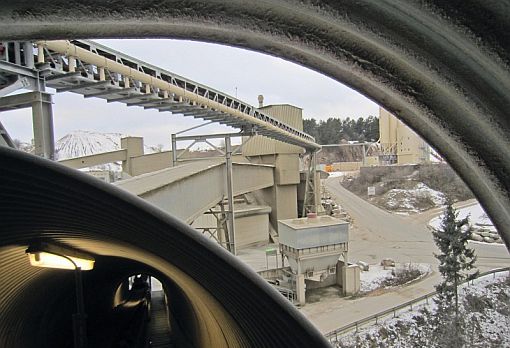Heterogeneous planning of processes demands heterogeneous solutions
In the case of “Everything from a single source”, however, one should take a look behind the scenes. There will, in fact, not necessarily be a single, standardised data-base containing no redundant or duplicated information. In many cases, a range of different software components have, instead, been purchased and combined to achieve the “integrated” solution and, if the work input to adapt data structures to the standardised solution has been too great, real standardisation will have been omitted. In addition, every chain, as is well known, is only as strong as its weakest link. If the tool for drafting of P&I diagrams contained in the integrated solution does not meet the user’s needs, for example, he or she will not be able to simply use alternative solutions.
Nowadays, furthermore, companies’ decisions concerning the universal use of software are only rarely made centrally. If a decision in favour of an integrated solution using a monolithic system is nonetheless taken, the changeover will involve much work and complexity. It is scarcely possible to influence the solutions selected by external project partners, however. So, despite all efforts to the contrary, the software landscape will, in practice, always turn out to be heterogeneous. Interfaces will be needed at the latest when the time comes for linking to the control system.
So rather “The best from all sources”? Here, too, one should be aware of possible pitfalls. Challenges will inevitably occur at the interfaces wherever diverse software solutions are required to work together. The automation experts at Rösberg know this from experience. Their ProDOK process-control planning system assists the user in the planning and setting-up of a plant and, in combination with the LiveDOK documentation tool, supports a plant beyond the planing phase, throughout the entire plant life-cycle up to and including plant operation, and possibly also during maintenance.
These automation experts with their I&C CAE system are obliged, again and again, to deal with interfaces between process-engineering planning and implementation in the process-control technology (PCT). Dipl.‑Ing. (BA) Martin Dubovy, Head of Product Management Plant Solutions at Rösberg Engineering GmbH, sees the advantages of heterogeneous systems, but also knows, from practice, the challenges they present: “We have always been convinced by the concept of ’The best from all sources’. We also see the problems involved with it, of course, and why many people are wary of them. Wherever different systems have to work together, great attention must be devoted to data interchange. Errors can be avoided only if it is clear what data or structures are drafted or edited when and by whom. This is why revision-sensitive data importation plays such an important role in ProDOK.”
A very large range of differing software tools are generally used in the planning, construction and commissioning of a plant. Throughout the planning process, they all supply data relevant for the documentation, which must be transferred to the I&C CAE system. Dependable concepts are needed in order that this system fits into the overall landscape without difficulty. Dubovy describes the conceptual solution as a so-called “adapter”. Here, the data supplied by other software tools involved in plant planning are converted and passed on to ProDOK (Fig. 1). At this point, information stating when the data were edited and by whom, and a status, such as “provisional” or “final”, for example, are added simultaneously.
Over the years, Rösberg’s automation experts have developed a very large number of such adapters, which can subsequently be used again for each succeeding project. Existing adapters can thus be deployed for new projects, in conjunction with SmartPlant P&ID, AutoCAD P&ID and similar systems, for instance. Standards customarily used in industry for data interchange between the results of process-engineering and process-control planning activities, or between individual software systems such as ISO 15926 or CAEX, can, of course, be depicted using these adapters. The number of project-relevant adapters can be decreased where software tools are based on these standards. A broad range of such tried and proven adapters make integration of the I&C CAE system into practically any planning task possible quickly and easily. Dubovy looks back on an extremely large project for the chemicals industry: “There we really did have to develop four new adapters, which is very unusual, usually it’s just one or, at the most, two.”
What may at first sound like extra work in fact ultimately generates a whole series of benefits. The I&C CAE system’s capability for easy retroinstallation may be mentioned as the most important of these, whereas a changeover to an integrated solution using a monolithic system generally involves significant work input and effort.
Revision-sensitive data importation tends here to meet the desire for shorter planning phases. In theory, plant planning proceeds “in series”, with completion of conceptual planning being followed by basic planning, and then by implementation planning, and so on (Fig. 2). In practice, these processes generally take place in parallel, which is the reason that interchange of provisional data between various sectors can be beneficial. At the next review of the documentation, revision-sensitive interfaces show in easily comprehensible form exactly where data have changed vis-à-vis their previous version. A range of filter functions (Fig. 3) assist in making administration of parallel planning activities – which shorten the planning phase as a whole – more dependable.
The adapter solution, furthermore, makes it possible to test different variants. As Dubovy notes, in integrated solutions, every change is implemented immediately throughout the whole system. It is then in many cases not possible to determine who has changed or tested what and when. For precisely this reason, many suppliers install artificial interfaces, by means of which such information can be noted. The ProDOK solution incorporates this, due to its integral function. Provisional data, for example, are correspondingly flagged, thus making testing easier.
Projects in which software tools supply the data for documentation in other languages also benefit from revision-sensitive data importation. Direct automatic translation on the adapter is possible in some cases. If not, simple lists can be generated, and can be sent to the translator and then read back in again.
Last but not least, hardware engineering also benefits, since ProDOK uses the NE 100 standard for component documentation. Data compiled in this way can be fed automatically via the NE 100 module as a bulk import into the I&C CAE system.
It thus becomes apparent that the “The best from all sources” concept produces numerous benefits if correctly implemented. The key to this is revision-sensitive data importation, however.

